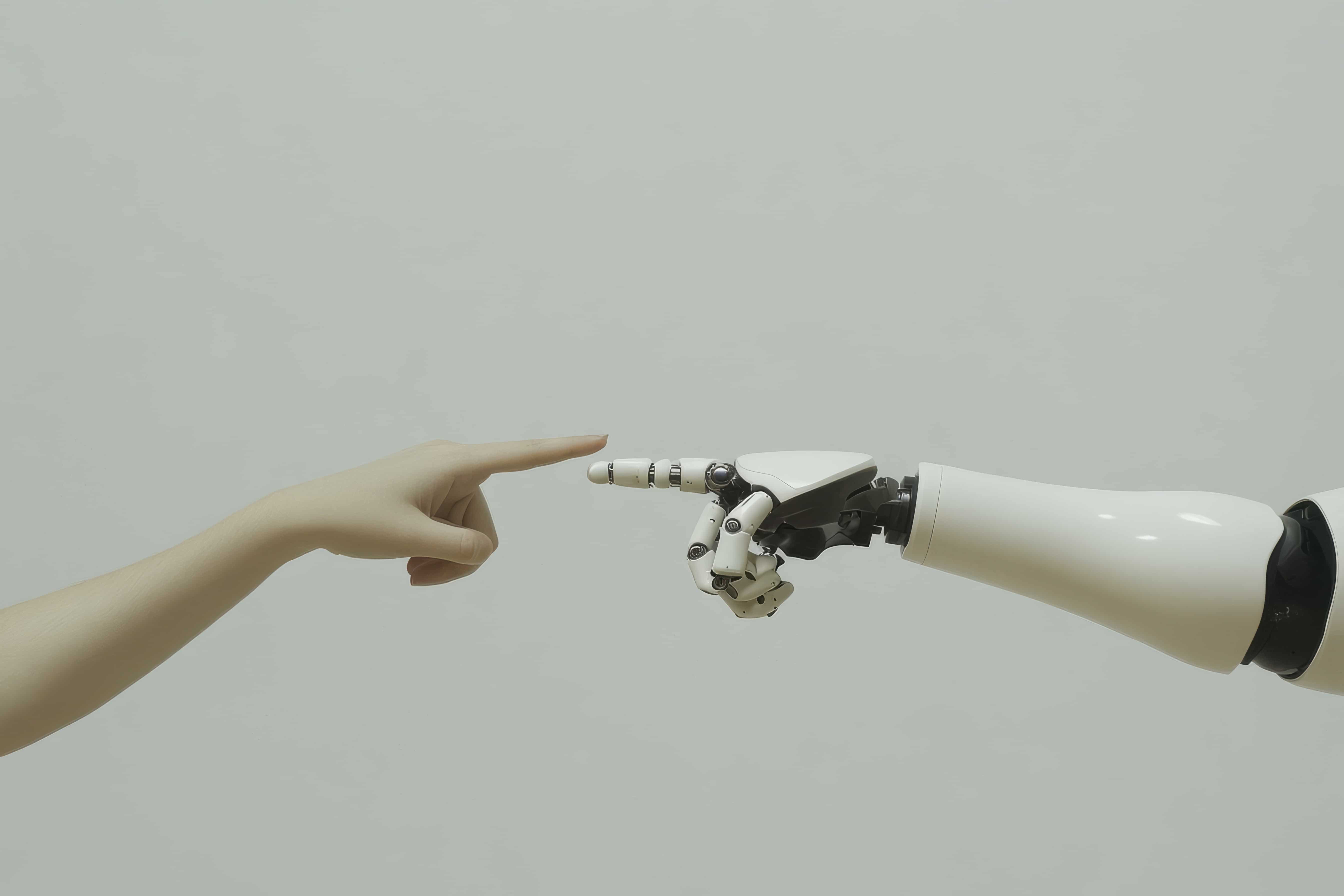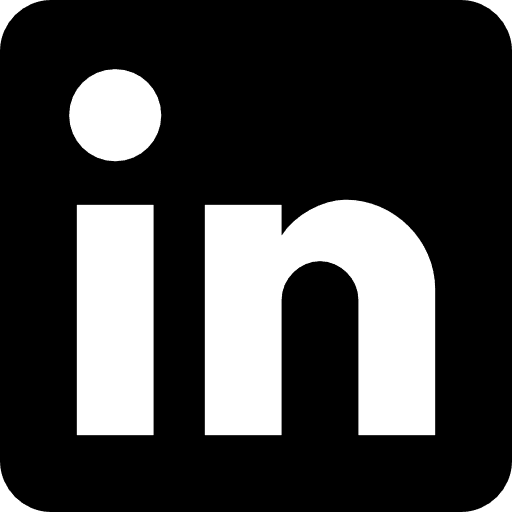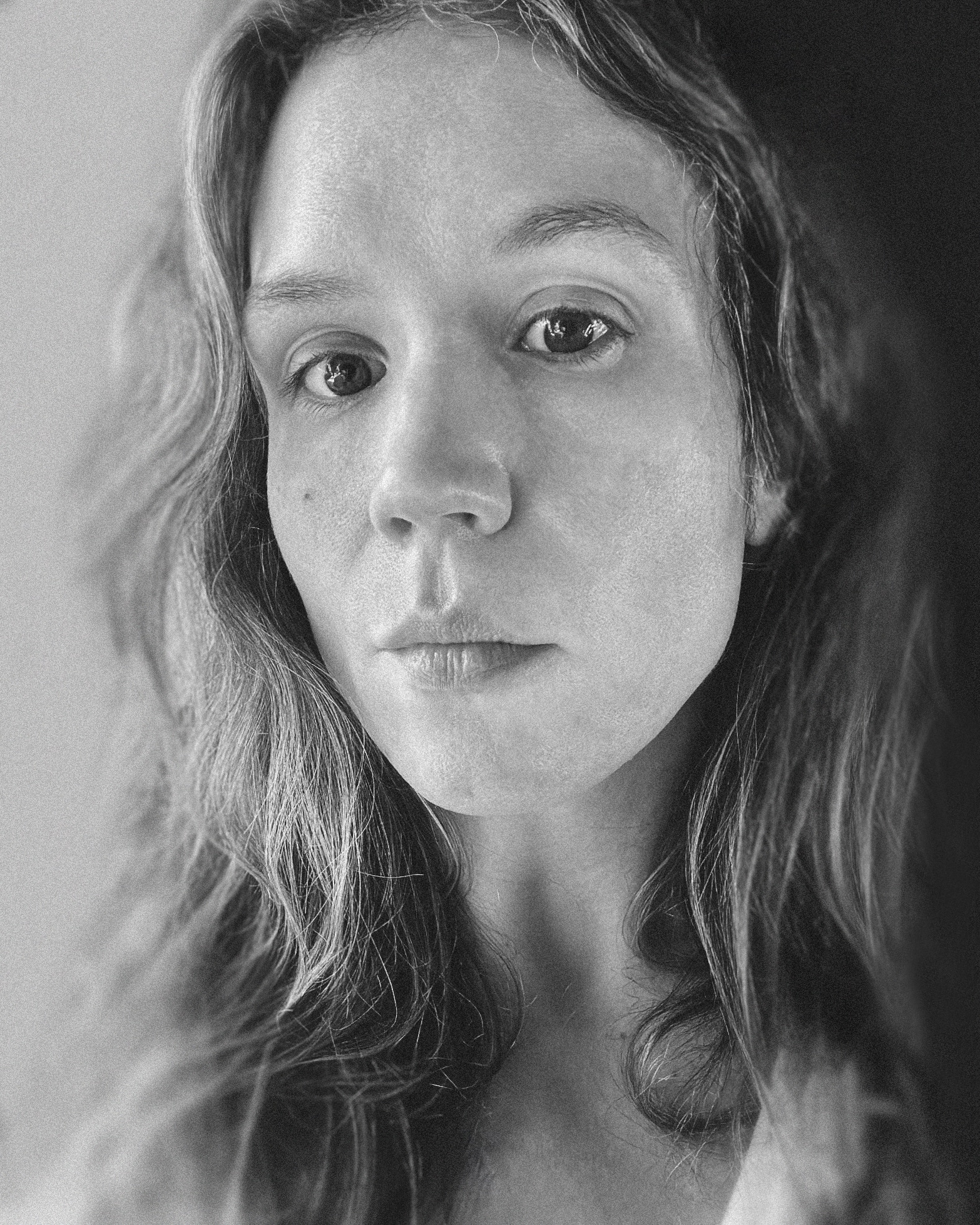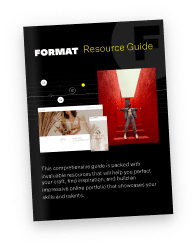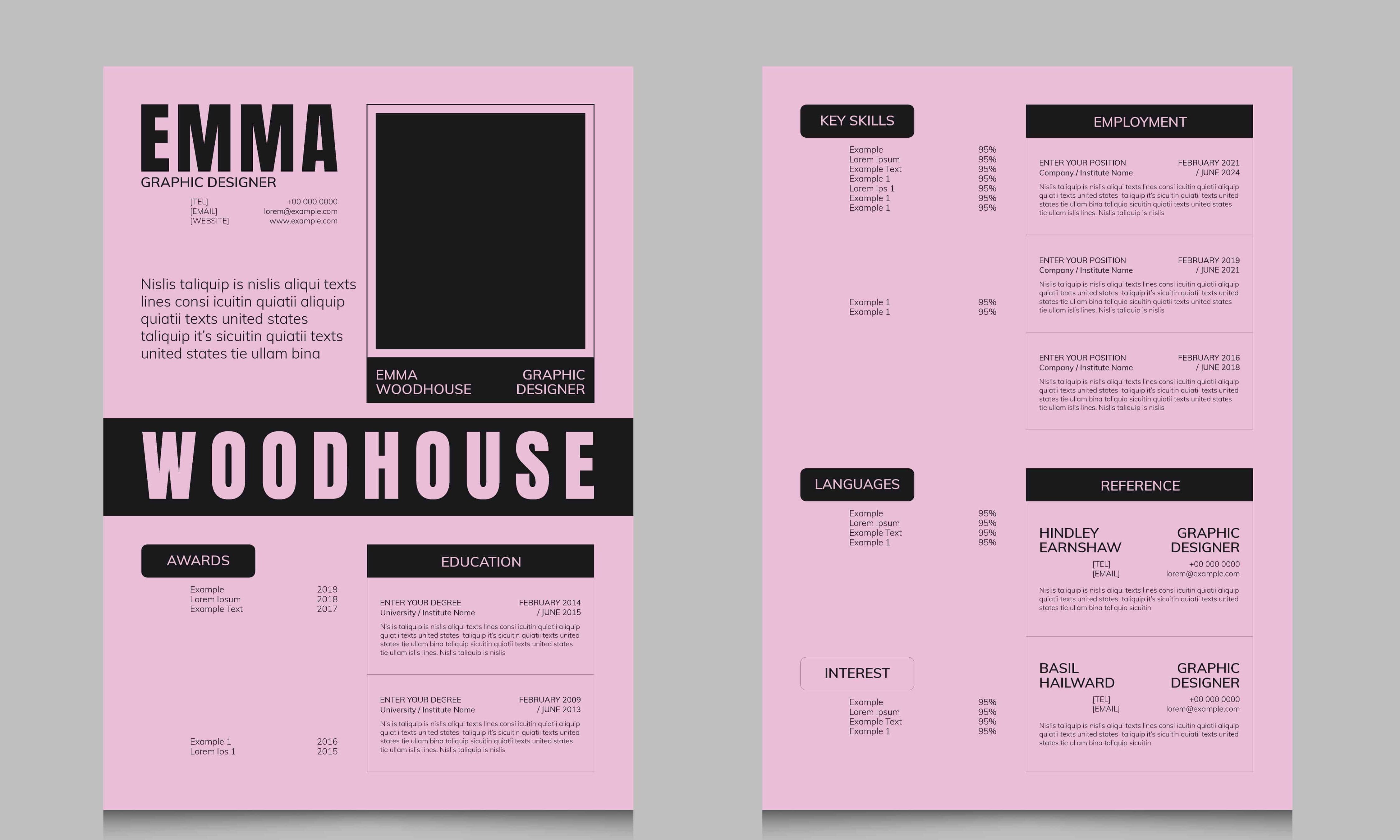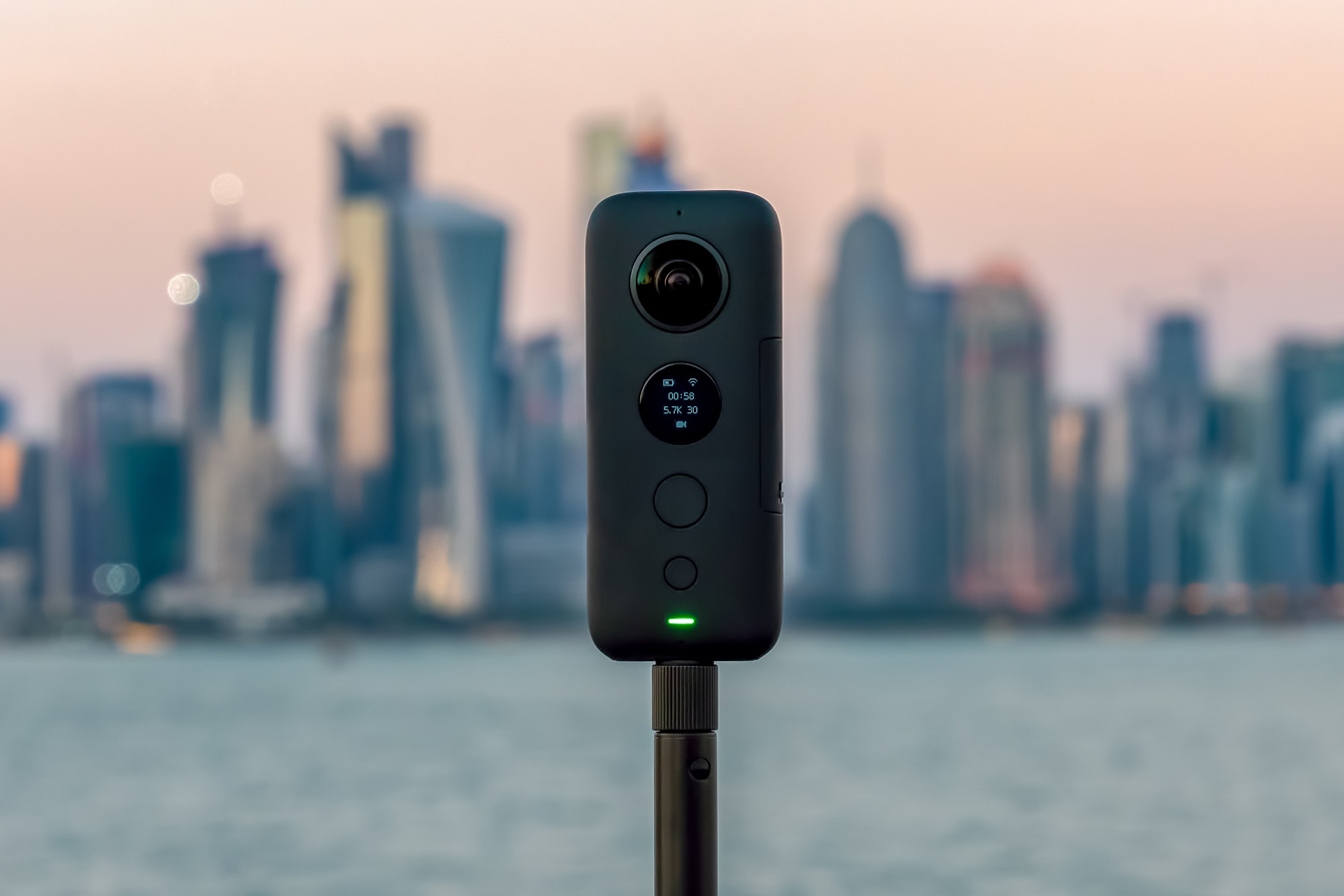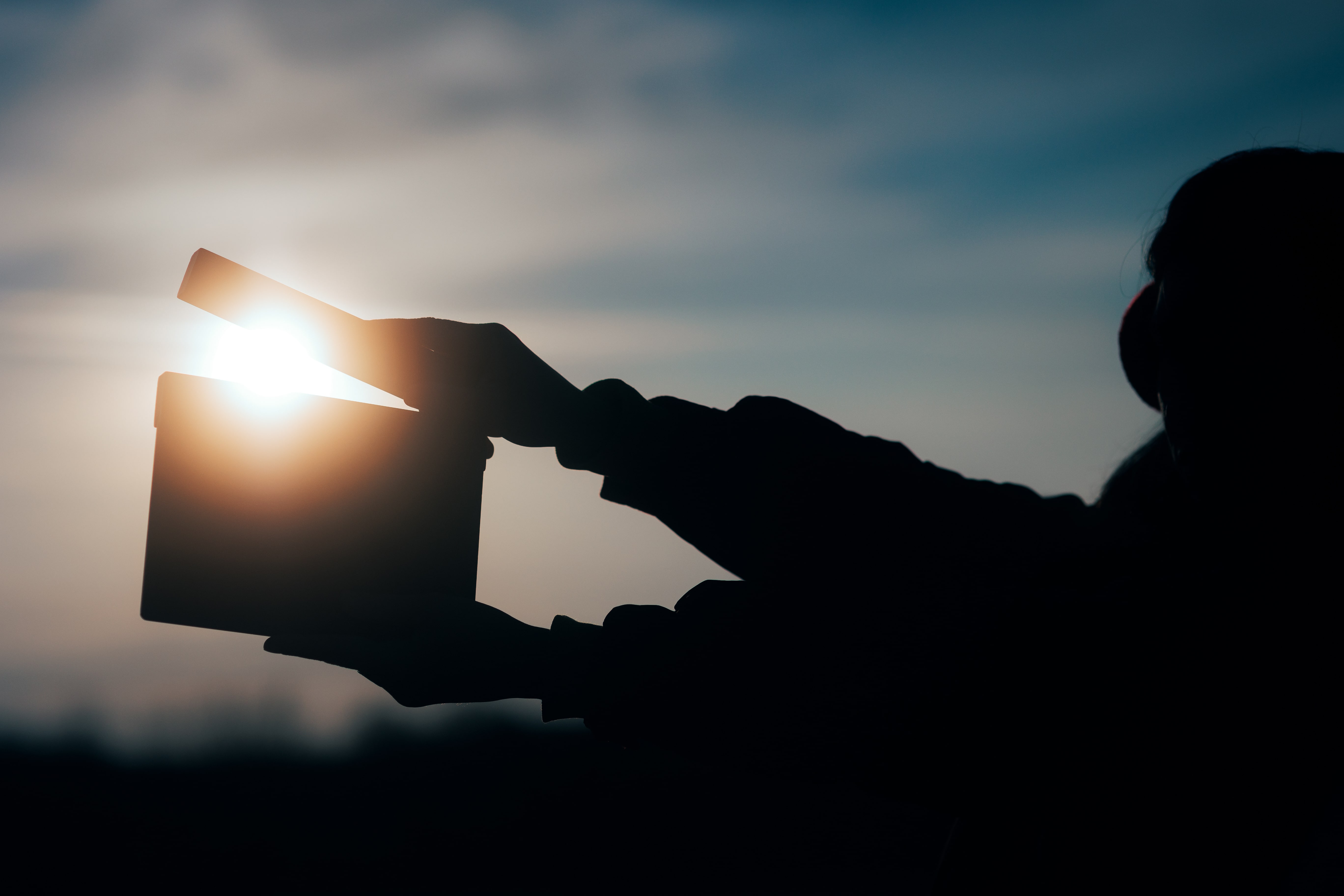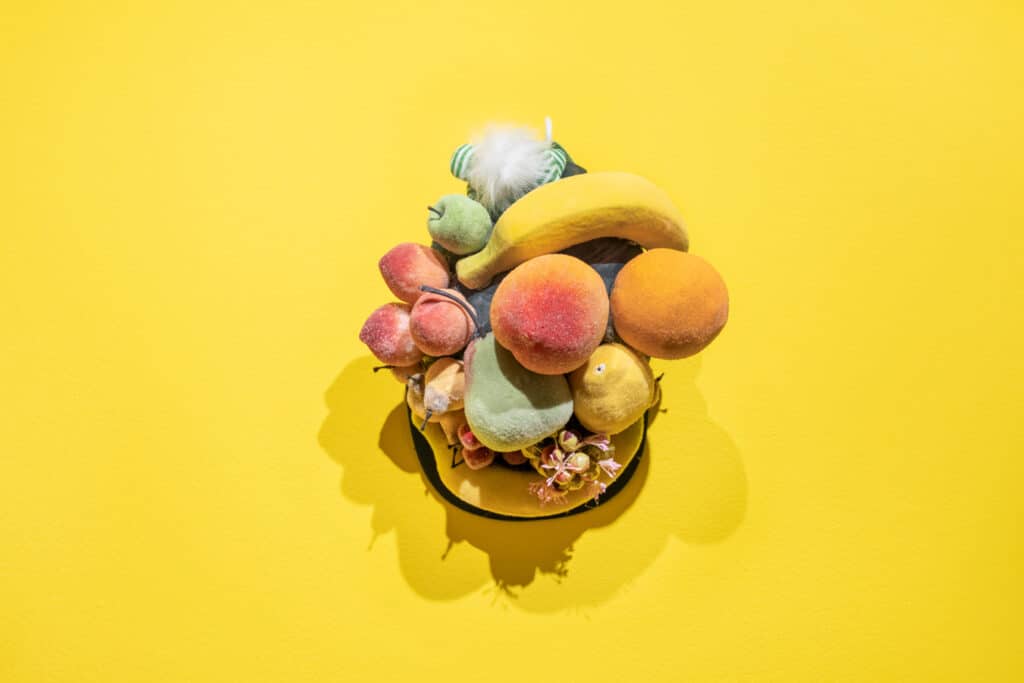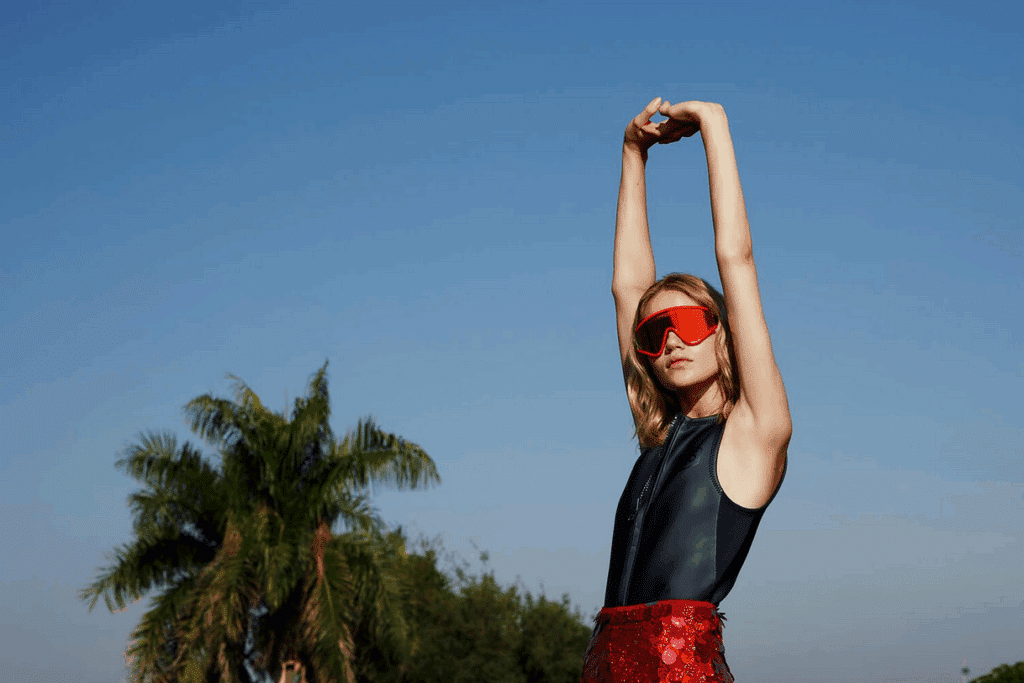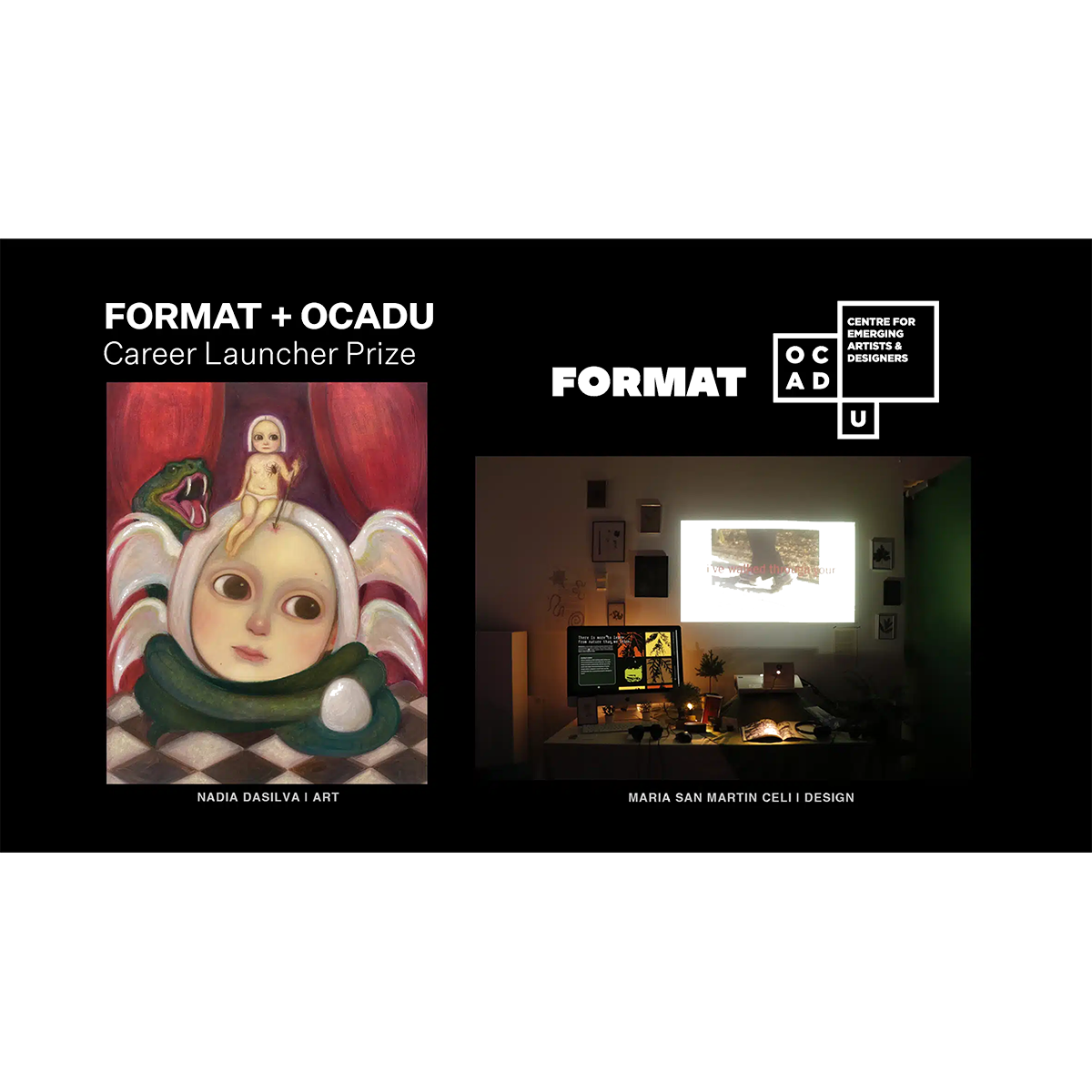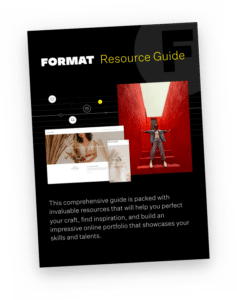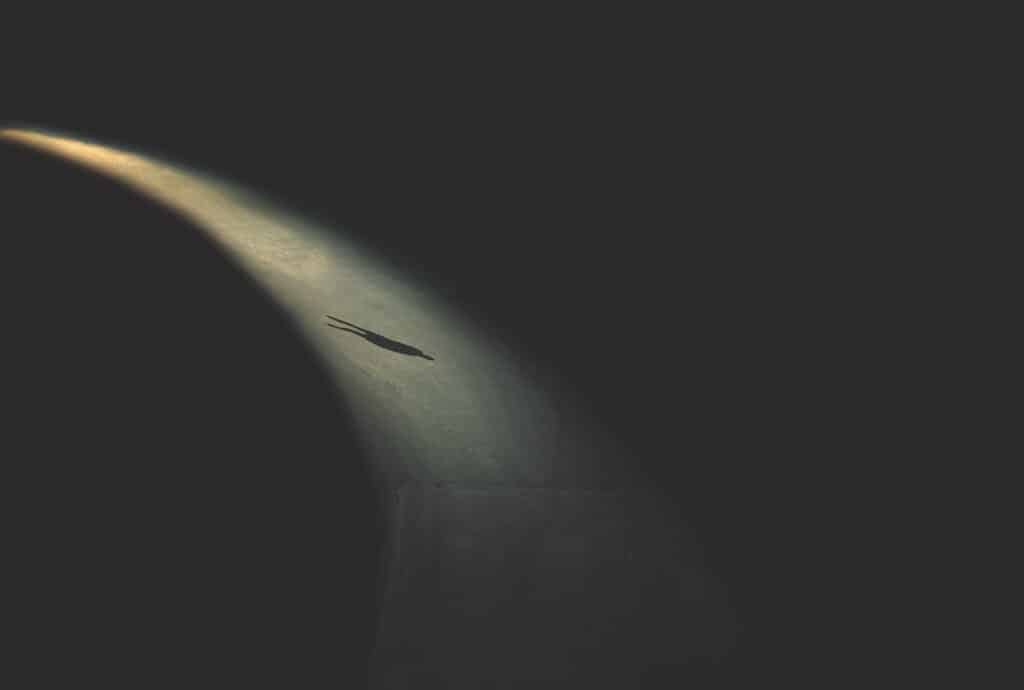
A Finger on the Rapid Pulse
There are people who seem to go through life with a kind of certainty of everything in front of them, maybe not the specifics, but the key story beats. School, job, partner, marriage, child, retirement. I’m a deeply unsure person who worries intensely about the future; my beats are arrhythmic. White-knuckling each day, my ability to handle caffeine depends on the headlines of the morning–which I should really stop reading. I have been told to stop reading.
An Evolution; a Concern
As an early adopter of all things tech, teaching myself Photoshop and having unsupervised access to the internet, I’ve let both my anxiety and the tools I use shape my work.*
*At fifteen, I also worked as an internet psychic–I’m not saying I’m psychic, I just have a storied history with predicting the future as you will come to read.
My fear-into-art portfolio includes Wring Your Hands, Sing the End! Made in 2009, this picture book multiple is about a global pandemic. There was also the 2006 photo-manipulated project reworking Chicken Little into a narrative about the bird flu, and in 2011, I wrote an outline of a screenplay about an artificially intelligent children’s toy and the government agency who developed it for spying. Okay, I might be psychic, or I just have my finger on the pulse, and that pulse is rapid, and my smartwatch is telling me to relax and try a breathing exercise.
I let technology care for and soothe me, optimize my life while, ironically, I grow more concerned about its evolution.
Now, and really in this last decade, I’ve been in the fine company of many of you in this worry. Which only makes me more concretely anxious–if you see it, it’s there, I’m not imagining it. It’s why I’m writing this, to give us space to talk about it.
A New Conversation, or Maybe a Really Old One…
Artificial Intelligence crept in while we artists were busy in survival mode and still, daily, is changing so rapidly that we can hardly keep up. As we all come to see the scope of what technology, specifically artificial intelligence, can do in generating images, sound, video, I see both opportunities and causes for concern. To have eyes on it we have to keep talking about it. This is not to suggest we need to make a decision about AI. I’m not reaching conclusions about the impact of artificial intelligence on art as a whole and I don’t expect you to after reading it. Not yet. This essay is a conversation with you.
We just need to talk about it. Our conversations around AI need to be louder and more frequent, and should run the spectrum of broadly philosophical to specifically technical, practical and existential.
We have to think about where we’re going, where we want to go, and how we got here, now.
AI, from Concept to Cultural Tsunami
This didn’t happen overnight; it just feels like it did. The idea of Artificial Intelligence and its early inception dates back to 1956. Which is how we came to feel it as a familiar presence in our cultural narratives long before we ever started shouting hey Siri in our daily lives. For a time, it was a slow and steady evolution, until now. Well, now-ish.
As industries and cultures began to recover from the era of global pandemic, it appeared certain that this would be the prevailing narrative of this decade. Oddly feeling now like old news, chalk this up to recency bias, and our brains actively discarding repetitive information–memories, we’re forgetting those years in pieces both small and large.
During them what once were just the undercurrent of AI advancements have now become the crashing waves of a Zeitgeist, eroding the deep cultural lines once carved by Covid-19, flooding us with information and advances. It’s everywhere.
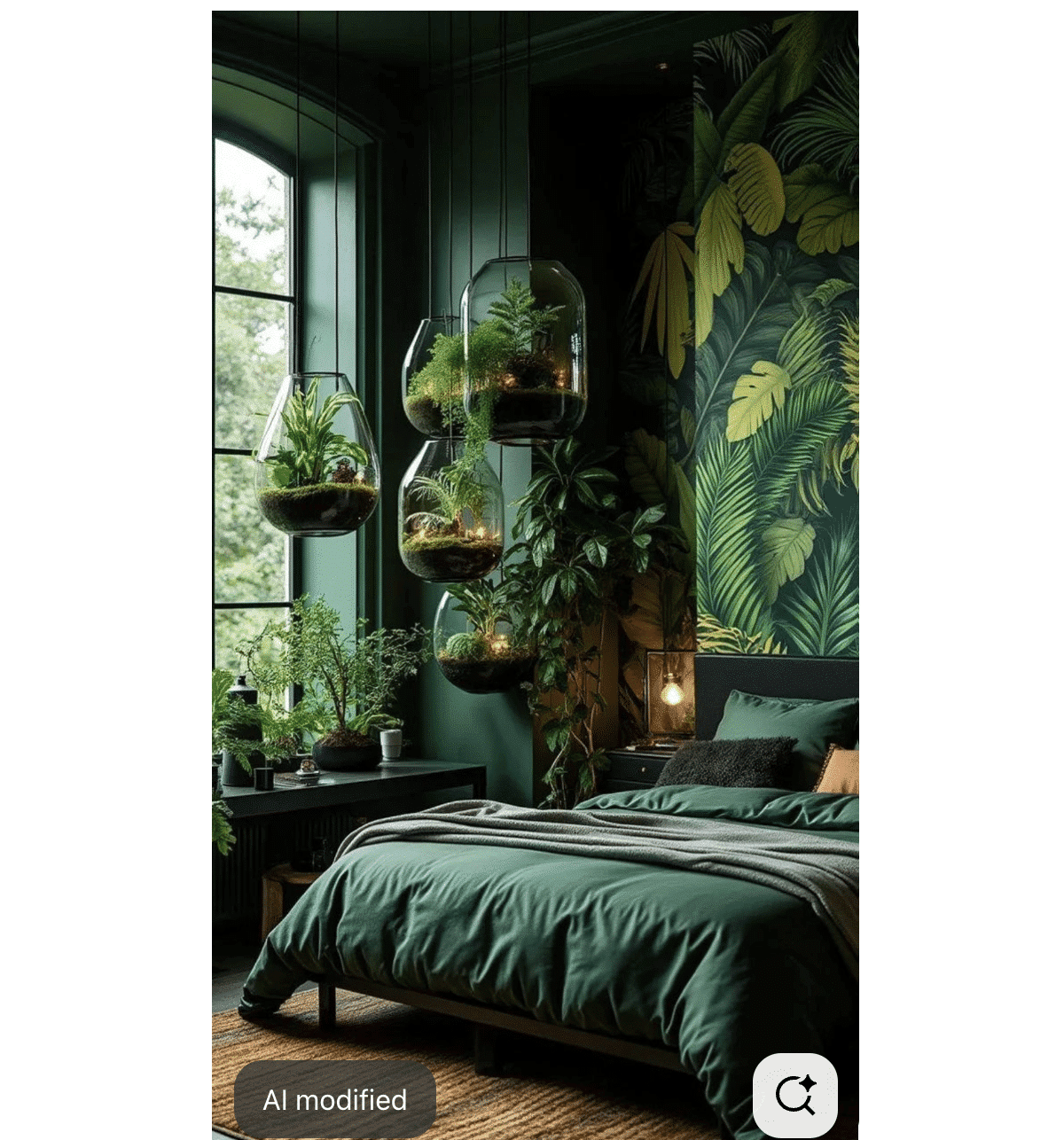
Overtly surreal images of hands with too many fingers seen scrolling through Instagram, impossible animals, and Pinterest rooms with a suspicious amount of pendant lights, have been refined. AI has learned and bettered its image-generation efforts based on our feedback and input– we may hardly question it now.
AI is positioned to not only shape our narratives, but to believably create them.
Just give it a prompt.
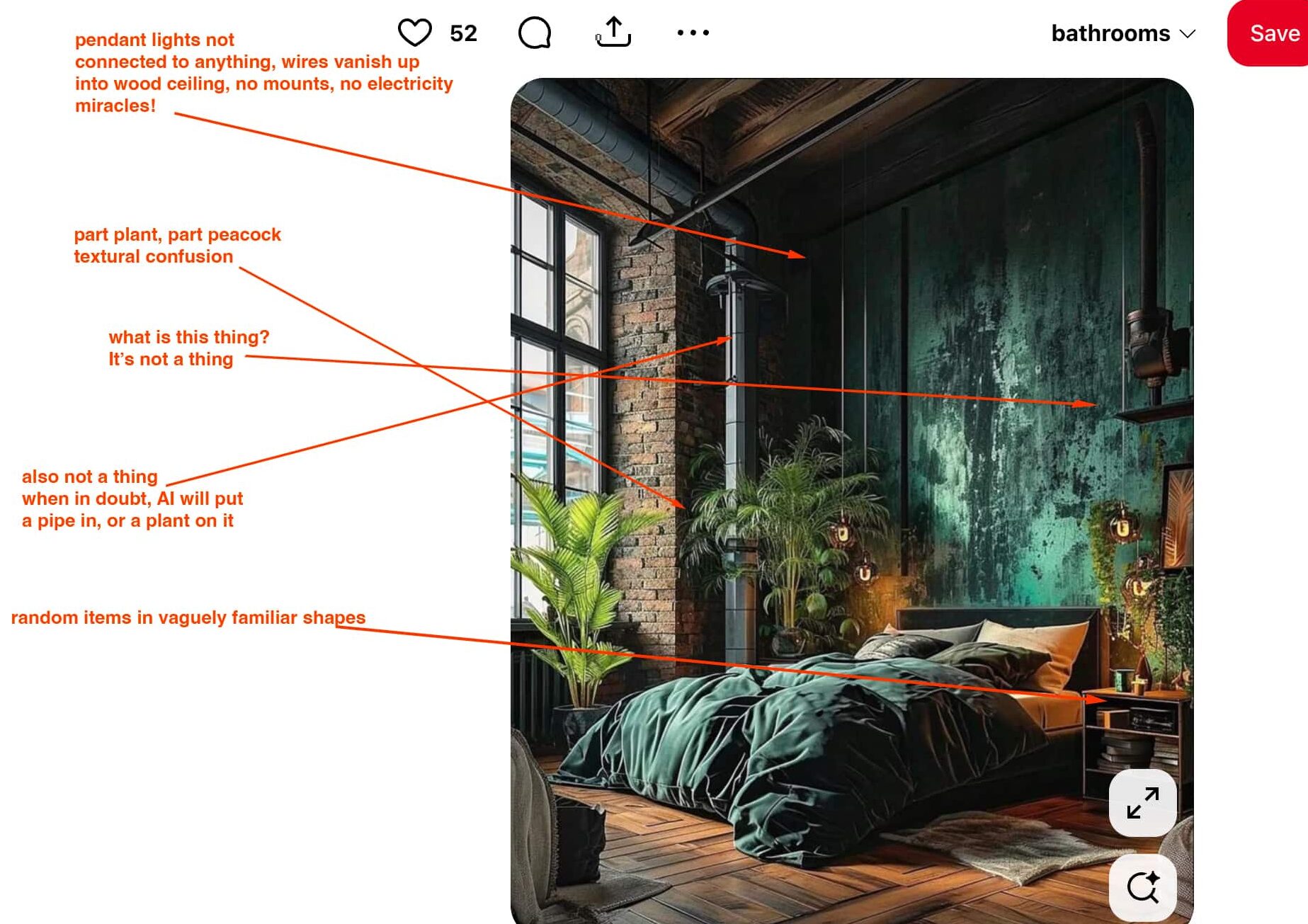
Artificial Intelligence is Everywhere
It’s been slowly and quietly saturating nearly every field of work in which a digital process exists, and, for many artists, that includes their mediums. Artificial Intelligence is impacting not only artists’ tools but also our creative output – AI is augmenting workflows and generating content.
As it’s moving fast and news is changing by the hour, it’s impossible to write on this topic of AI and art with a single perspective–or approach– as if it’s a monolithic phenomenon, and not the plurality that has myriad applications and names (Claude, Gemini, ChatGPT, NewSiri).
Acknowledging this, Format will be offering an expanded series on AI. We’re welcoming multiple voices to contributing their thoughts, experience and advice. Our approach will take this in parts. Here I look at the historical context, impact to artists, and wax a little philosophical about where we are at, right now in this moment, which will change… as soon as this is published…
AI’s Historical Parallels: Echoes of Enlightenment and Industry
It’s important in these moments in history that we look for nuance, at intention, as well as to precedents in history. This new era does not exist in a vacuum; the rise of AI is an advancement akin to The Enlightenment in the 17th and 18th centuries, when critical thinking, philosophy, science and ethics began to reshape society.
It brings familiar markers of the Industrial Revolution–seeded by the thinking of the Enlightenment, which saw the advent of new ways of production, mechanization, and travel. All inflection points that laid the foundation for the one we are living.
It’s clear we’re at an inflection point. If you’re afraid, and angry, know that these are natural responses to what is unknown and uncertain. When the steam engine was first developed, a term was coined to describe the hysteria and aggressive behavior induced by this new form of travel: railway madness. Technology can be profoundly unsettling to us, even as it improves our lives, and in part, this is a recognition that there are not only benefits but also risks.
Stories We Tell Ourselves
The narratives and fears around AI have lived with us for decades. Look no further than classics 2001 A Space Odyssey made in 1968, or 1984’s Terminator. Artists and storytellers have long predicted the integration of this technology into society, finding ways to use their mediums to open discussions around the moral implications. Good and bad. In Big Hero 6, the most promising innovation is of an inflatable caregiver. The visuals of this film evoke a cuddly AI, that I for one would like to have around, especially as we face an emerging crisis of our aging population. It’s a testament to human creativity that so often our response to change is to respond in narrative–to create more.
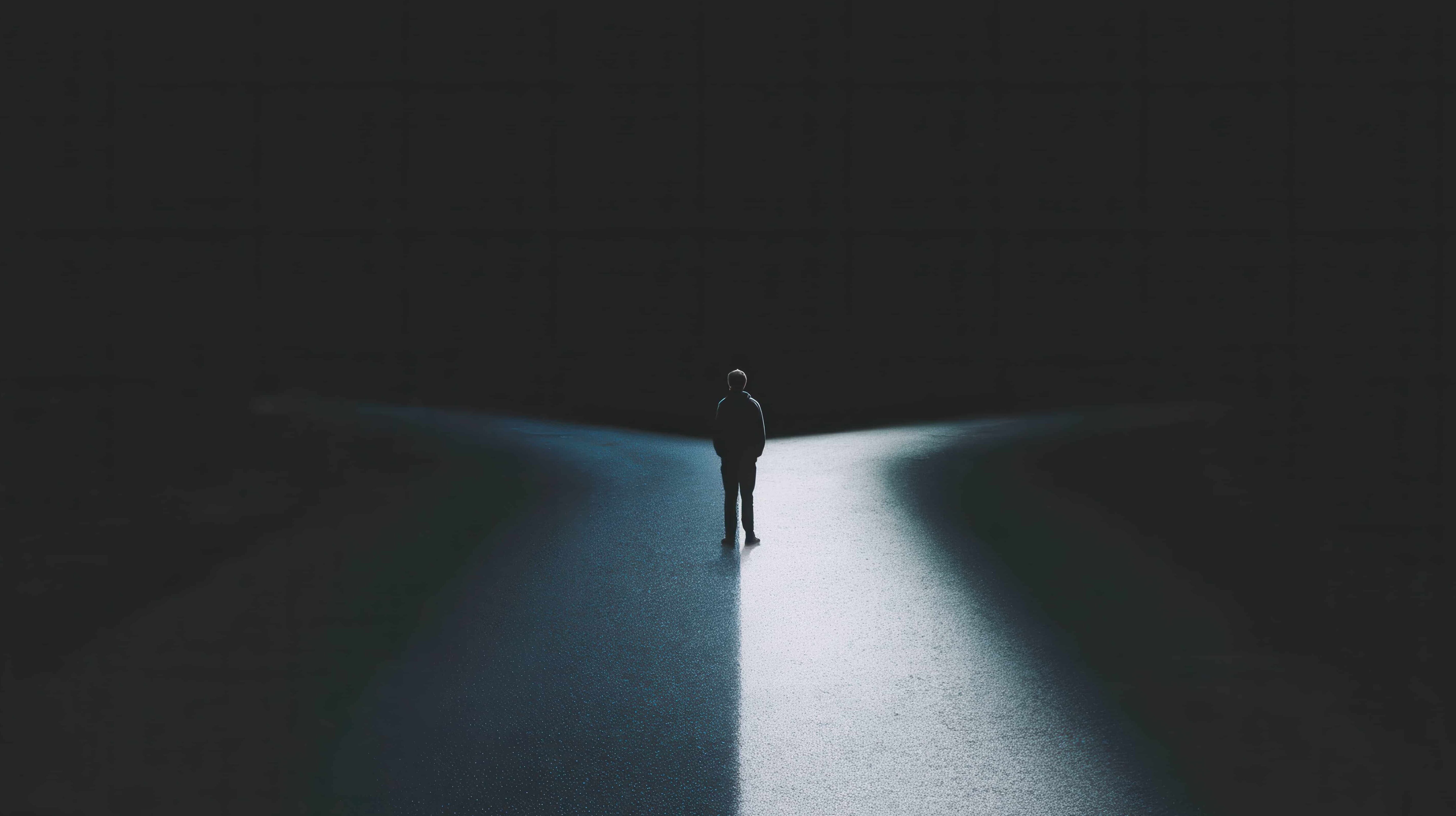
AI’s Impact on Artists: Challenges and New Possibilities
It’s natural with seismic changes to our lives, ways of doing, making, and being that we respond with immediate emotion. When art, a reflection of our culture and already so grounded in and derived from emotion, is concerned, feelings are abundant and overwhelming.
AI output in the arts is already widespread, across social media, campaigns, title sequences, music, and the everyday visual marketplace of stock photography, graphic design and asset creation. Artists are afraid.
In the face of that fear, there is a reality to acknowledge: in some ways, AI is being used to replace artists. Stock photography, for some a main source of income, others more passive, is at risk of being rendered worthless, with photographers images used to generate new content–customized by the user query. Not just imagery, but the prompts themselves are being sold, or given as open-source material to feed into the image-generator of choice.
Whole platforms are now overrun with AI content; Pinterest, Etsy, Instagram and Facebook. Not only is critical thinking a necessary skillset for survival, but so is an advanced visual literacy that not everyone has developed.
A Means of Making
It’s not all gloom of extinction, there exists the potential for artists in this evolution to create works that were previously impossible. I think frequently of the work of Gregory Crewdson, a photographer with an incredible cinematic vision and the resources to execute elaborate set pieces with a cast–including Oscar winners, as subjects to act within them. He creates grand stills produced from the same setups required of entire motion pictures.
Few of us have these kinds of resources, but many of us have these kinds of ideas. AI could be the means by which we can finally materialize them. Artist Christoph Niemann created an incredible visual essay for Die New Yorker Times exploring the balance between worry and the acceptance of evolution, as well as the place of the artist as author, and AI as assistant.
A Thousand Faces: AI’s Diverse Applications and Ethical Dimensions
We all contain multitudes, capacity for good, evil, and everything in between. AI is made up of our content–our knowledge, output, creative works. It learns from us, it is us. It is a legion of voices. It feels conceptually sound that Artificial Intelligence, and its usage, would reflect this very human gamut of morality.
From companies using AI to replace workers–sometimes having trained those very systems using the output of their teams, to the medical community using advanced diagnostics, treatment planning and predictive patient history to better their outcomes–to save lives.
I can easily identify and relate to the pluralities of AI itself and see where it threatens us and where it has the capacity to support our practices, and provide the means necessary to see a vision come to life.
I had AI generate an outline to structure my own arguments for this essay. I didn’t allow it to seed ideas, arguments or replace my tone. For me, this was just a step above copying and pasting an essay guideline into every word doc when I was in university. Necessary order because my creative brain is the writer, and my creative brain does not like order; it wants to write and write and flow and what even is time?
Not the one to sit down and do the hard work of making something, the editor part of my brain is just there after the fact to clean up my creative mess and insane misuse of commas–Grammarly has also taken on this role, and is consistently disappointed that I never learn. The editor is tidy, rigid, brutal–a bit of a jerk to be honest. Those two are my Jekyl and Hyde, while they co-exist, they are not the same, the editor refines but she doesn’t create–she takes care of business, and the creator can’t do her taxes without breaking into hives.
The editor had AI generate the outline and the artist chose to ignore it and just write, but there remains a definite need for both in my life and practice.
Distinguishing AI: Assistive vs. Generative Models
For artists and creatives, assistive artificial intelligence will help you with your workflow, it will automate your dull, repetitive processes, it will mean you can take your lunch. The tricky part is that the distinction isn’t a binary one: assistive ist largely generative–for instance a tool that recognizes image content and automatically produces descriptive text, and keywords is intelligent; it is combing through other related content and using it as context.
The difference to be drawn between them is one that carries some moral implications, and relies heavily on the intention of the user and the other is something just above automation.
Generative, in the context of imagery or text derived directly through the output of others is just one of the processes that requires interrogation. The contrast between it and the above is that images or writing is culled, often without permission, and repurposed whole or in part in new content. For artists, there is something deeply unnerving about its ability to feed itself the so-called raw materials needed to make something new, when largely those materials are works themselves.
For many, it has become a bit of a boogeyman, operating unseen, drawing from our collective knowledge and works, popping up in headlines that scare us. Generative artworks contain so much and can make even more–just roll the dice in Adobe on “Generate more like this” and see what it makes. It’s realistic to acknowledge that for artists there is a risk that the business they rely on for their bread and butter, absent the human hand or soul in creation, that what it does make will be considered close enough.
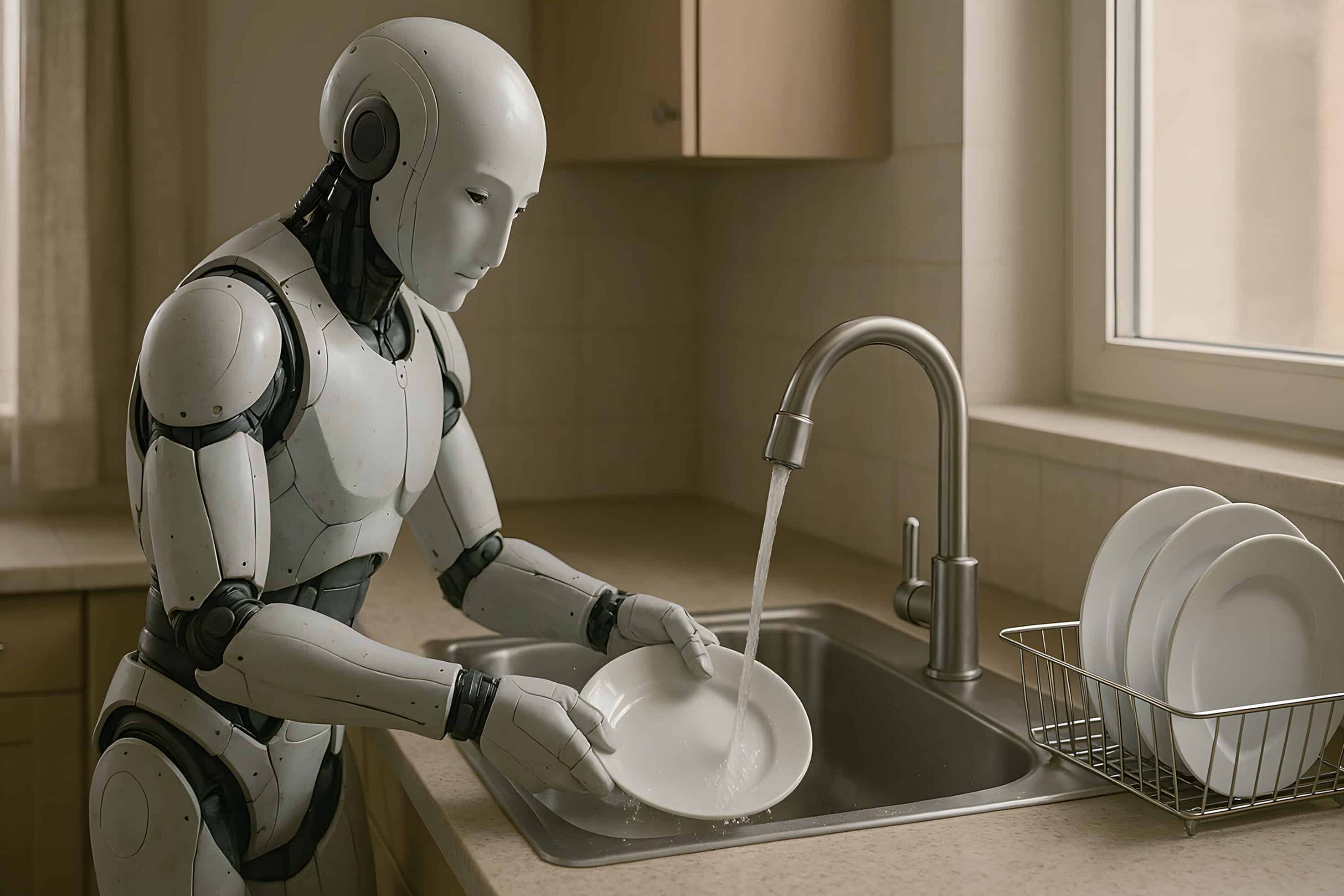
Though it won’t do your dishes, or your taxes… yet.
Beyond Productivity, Assistive AI Can Improve Your Life
From small processes that you have already mastered that now suck time from your day–think batch processing images, writing outlines and emails, to those you quickly need to learn–like how to use Touch Designer, AI can improve your life. By asking for a basic step by step with a description of the project you’re working on, you can have a personalized how-to. In all of these respects, AI kann help you.
The Star Trek utopia we were promised as children (if you were also raised a nerd) is maybe a stretch–the reality is that our world is so at odds with itself that such a depiction of the entire planet as a beacon of diplomacy, using technology for a universal benefit is too far a reach.
Yet on the smaller scale, the ideals of a progressive society looking to explore beyond their own world is one in which AI has facilitated the expansion of our horizons by freeing us from these tasks. Where it has bettered the health, education and progress of its people to such an extent that it’s possible. (We’re setting aside for now the sci-fi narratives that have humans exploring because the earth itself is near uninhabitable.) We can start small, and time can be freed up for your creative work–of course, this is a luxury not all of us can afford to begin with. The inequality was a pre-existing condition, and the divide only grows wider.
The essence of expansion also is the same as the introduction of new ways of travel–like the airplane, how that technology was developed, and how it, in and of itself, then informed further advancements–not only directly related to travel, aviation and motion technologies, but the way travel changed how people connected, shared ideas and built on them. We may well see tangential breakthroughs that, as humans, alter our course for the better.
Making Art with AI
There’s a danger of lumping all creative works that use AI as not art or an affront to artists, but this is not unlike the introduction of the camera, a tool and way of making images that changed not only art but our understanding of truth, reality and history.
For a time, photographs had been synonymous with truth, viewed as objective documents. This was always a false conception of the medium. From its earliest inception, photo manipulation has been possible, and common practice, from dodging and burning, cropping, double exposure and montage, photographers have exacted creative control over the output from this recorder.
Then there’s the recording itself; the camera is held by the photographer who points and frames the subject–already imposing a narrative, a bias, and perspective. Alternatively, for studio and conceptual photographers, outright building a set, a world.
AI in Creative Workflows: Collaboration and Frustration
I have spent hours (days? What is time?) working with generative AI in Adobe Photoshop to create imagery as a way to test its limits and my own ability to provide effective prompts to execute a vision. Frustrated with uneven and unpredictable results, from there, I used my own skills to hybridize the process. It became a collaborative effort that I really enjoyed and could see real future application for in my practice.
Yet the worry remains, some images and video have become so realistic that it can be difficult to tell real from fiction, and this is where there exists one of the most pressing dangers to image-making and content consumption: the potential for convincing misinformation, and propaganda. Media literacy courses are in need of rigorous reworking. Trust but verify can’t hold up against the onslaught. Trust nothing, verify everything.
The paradox lies in the notion that we can’t have this–the good, the easy, the revolutionary, without that–the undermining, unsafe, and untrue. The classic good and evil, light and dark. What we often discount in this bulk sorting of action is choice.
Intention.
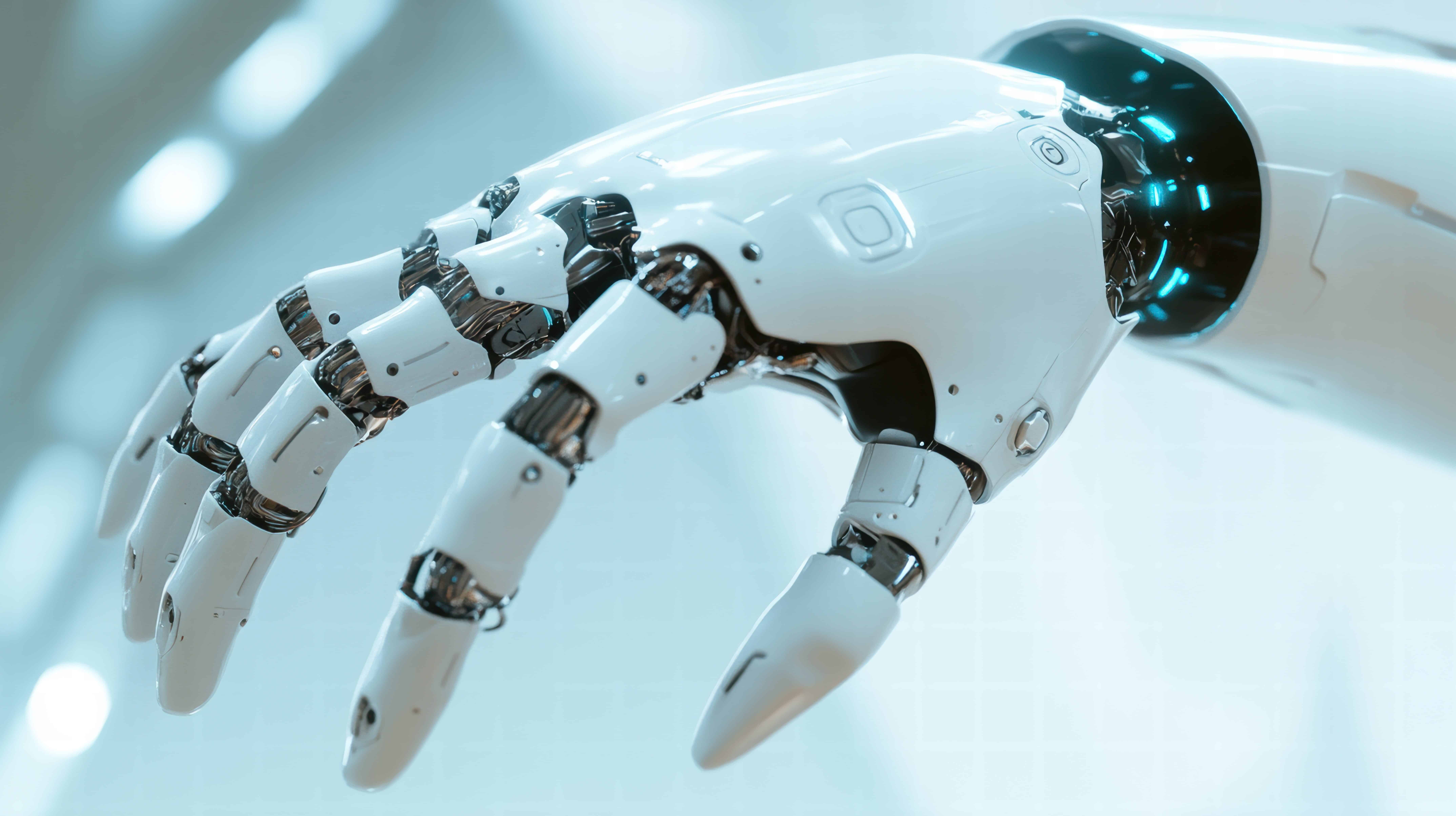
The Ethics of AI: Understanding User and Developer Intent
At the crux of the ethics of AI is the intention of its development and use. What we do with it, and what we hope to achieve as a result. Like any tool, it’s both the manufacturer and end user who define what it’s for. At times, these may be very significantly different from one end to the other. The development of AI is openly an arms race, and much of its larger intent is out of the control of the individual, however what remains is our choice, our voices and votes. Those matter.
Regulating AI: Navigating Unprecedented Progress and Risks
The greatest challenge of this new era is the pace of progress. AI is developing faster than we, globally, can legislate it. Or, as the case may be, agendas from interested parties are pushing against legislation entirely. Again, a precedent set in industries who regularly lobby governmental bodies and parties to keep their interests top of mind. Same as it ever was.
Regulatory Capture means that while a society may push for regulation, the industry with the political clout can buy themselves time, during which they have carte blanche. In this evolution we’re undergoing, we can’t afford to give it more time without oversight.
Progress Unbound
We have an unregulated industry, mining a landscape of content without care for the environment and dangers. Copyright, data-security, job-security, safety, political stability; the worry is well-founded.
Our broader philosophical ideas and practical knowledge of truth und reality, are both being put to the test by progress.
The problem of AI, our problems with AI, are that it seems without any boundaries because our data is so thoroughly collected, our creative works out there in the world uploaded to social media, storage and portfolios. Here, it’s important to note that Format is not training AI on your content. We cannot be sure if the same can be said for other platforms and storage services, but we hope that respect for artists’ intellectual property remains across our industry.
Continuing the Conversation: Navigating the AI Landscape Together
In the coming weeks, to support you in your practices, Format Magazine be exploring copyright and what you can do now to protect yourself, and the rights to your works. We’ll be diving deep into some of the positives in process, collaboration and output that come with this sea change.
In the process, we hope that you share your thoughts, concerns, and excitement with us on our social channels.
Baue dein Portfolio mit Format auf
Der #1 Online-Portfolio-Builder wird von Künstlern und Machern bewertet.
